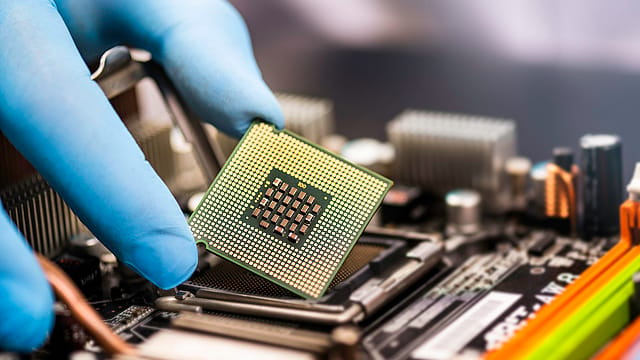Higher semiconductor tariffs could disrupt global industry, warns India’s chip association
ADVERTISEMENT

The United States' imposition of a 25% or higher tariff on semiconductors is expected to have significant repercussions on the global semiconductor industry. The India Electronics and Semiconductor Association (IESA), in a statement, said that the move will “impact costs, supply chains, innovation, and geopolitical relations.”
“While the tariff may encourage domestic production and align with U.S. national security objectives, it also presents substantial risks, including disruptions to global supply chains, increased costs for consumers, and strained international trade relationships,” said Ashok Chandak, President of IESA, in an official statement.
However, Chandak noted that the move might violate the international Information Technology Agreement (ITA), signed by the U.S. and other countries in 1996, which mandates the complete elimination of tariffs on over 201 IT products.
“As a result, major U.S. semiconductor companies could oppose the tariffs, given that many rely on Asian foundries and OSAT (Outsourced Semiconductor Assembly and Test) facilities for production,” Chandak added.
He further stated that the tariffs are unlikely to impact India in the short term, as India is not a major semiconductor exporter to the U.S. Additionally, India’s semiconductor import duty is already zero, meaning there are no concerns regarding reciprocal tariffs.
U.S. President Donald Trump proposed the 25% tariff on semiconductors, along with other commodities, on Tuesday. He argued that tariffs would be more effective than CHIPS Act subsidies in boosting U.S. chip production. The tariffs are expected to take effect from April 2.
December 2025
The annual Fortune 500 India list, the definitive compendium of corporate performance, is out. This year, the cumulative revenue of the Fortune 500 India companies has breached $2 trillion for the first time. Plus, find out which are the Best B-schools in India.
The move is likely to increase the cost of U.S. semiconductor imports, particularly from Taiwan, South Korea, and China, which dominate global chip manufacturing. This cost burden will ultimately be passed on to consumers through higher prices for consumer and industrial electronics.
“Companies that depend on semiconductor imports, such as Apple, NVIDIA, and Tesla, will face increased production costs, potentially leading to reduced profit margins or higher consumer prices,” Chandak added.
Building semiconductor fabs is an expensive undertaking, with estimated costs ranging between $10 billion and $25 billion per site. As a result, Chandak noted, “while the tariffs might incentivise domestic production, scaling up U.S. manufacturing is a long-term process that requires significant investment and time.”
“The tariffs alone will not drive rapid semiconductor manufacturing growth in the U.S. No company will shut down an existing multi-billion-dollar fab to relocate operations overnight,” he added.
